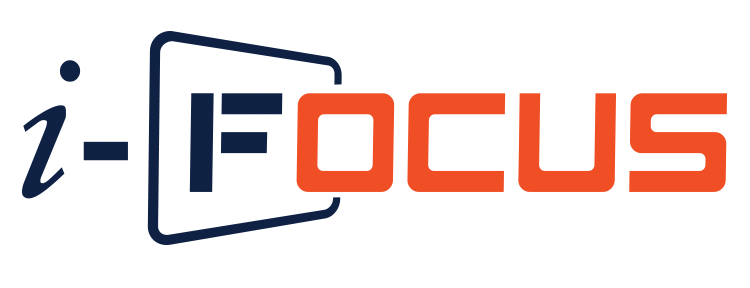The Effect of Using Different Elastic Moduli on Vibration of Laminated CFRP Rectangular Plates
Abstract
This paper deals with effects of using different sets of material constants on the natural frequencies of laminated composite rectangular plates. The plate is symmetrically laminated by thin layers composed of recently developed carbon fiber reinforced plastic (CFRP) materials. Numerical experiments are conducted by using a semi-analytical solution based on the thin plate theory and the lamination theory. The displacements are assumed to accommodate any combination of classical boundary conditions. The material property is expressed by a set of four elastic constants, and some typical sets of values are cited from the recent literature. Furthermore, a new standard set of discretized constants is proposed to uncover the underlying characteristics of the existing constants. The convergence study is carried out first, and the lowest five natural frequencies are calculated for five sets of classical boundary conditions including totally free through totally clamped cases. Next, a new definition of frequency parameters is introduced to promote more physically meaningful comparison among the obtained results, and the effect of using slightly different constants is clarified for unified comparison and insights. It is also discussed to derive approximate frequency formulas by linear regression analysis and to test accuracy of the formulas.











